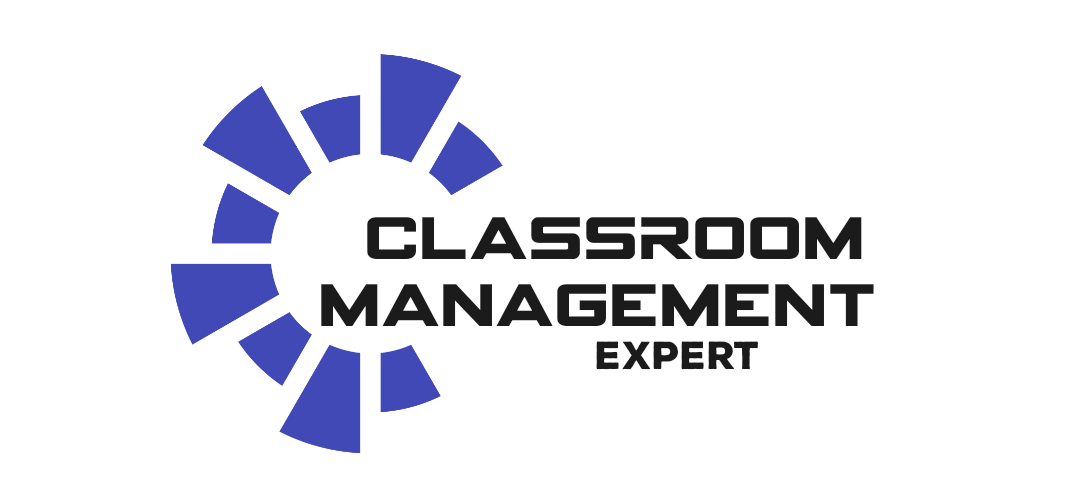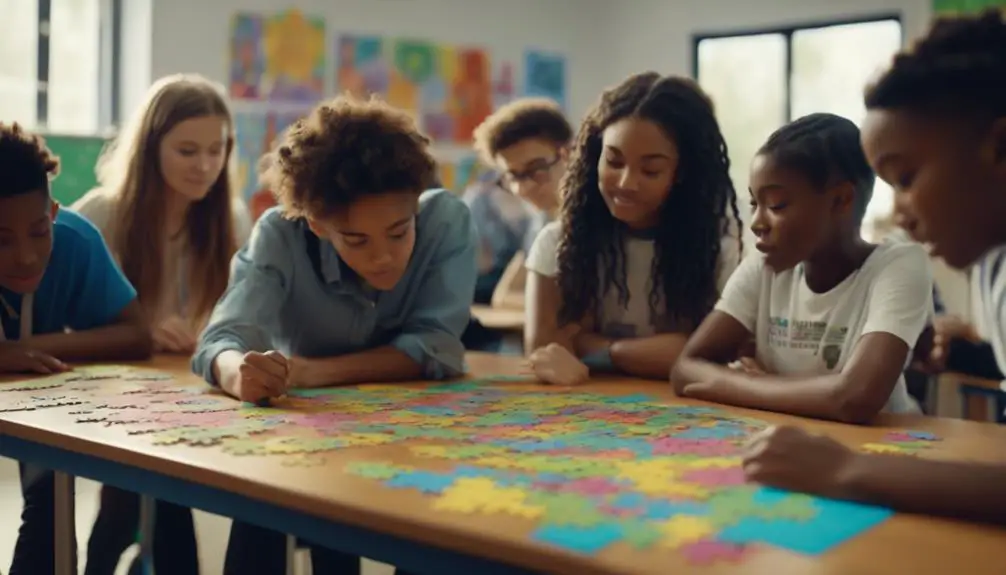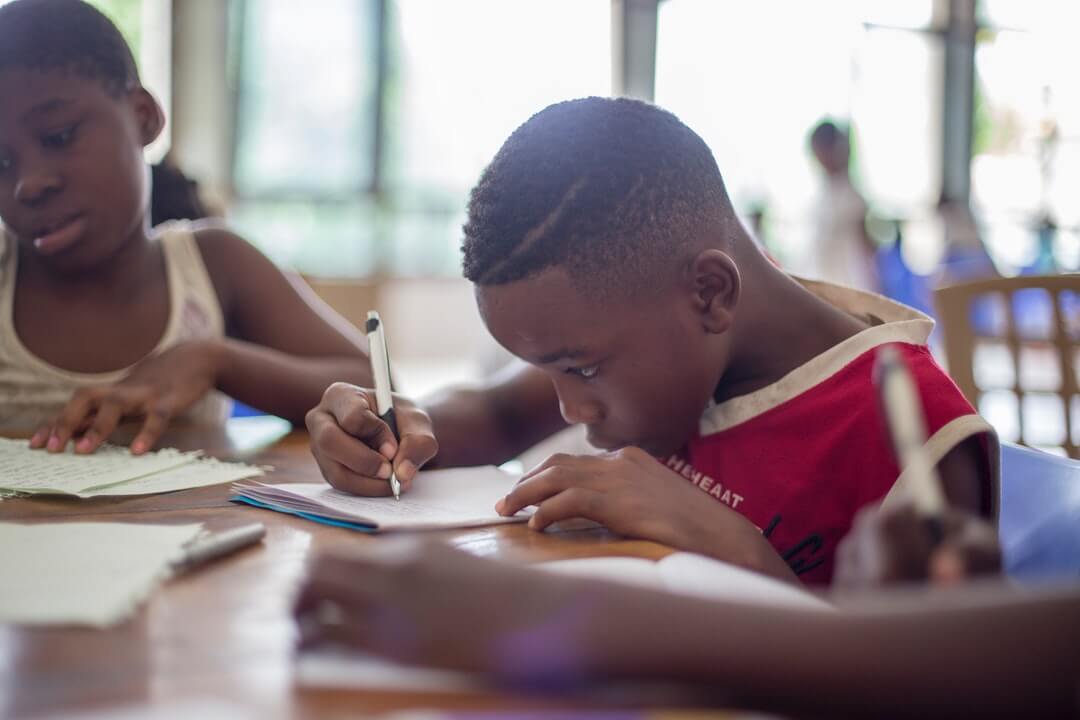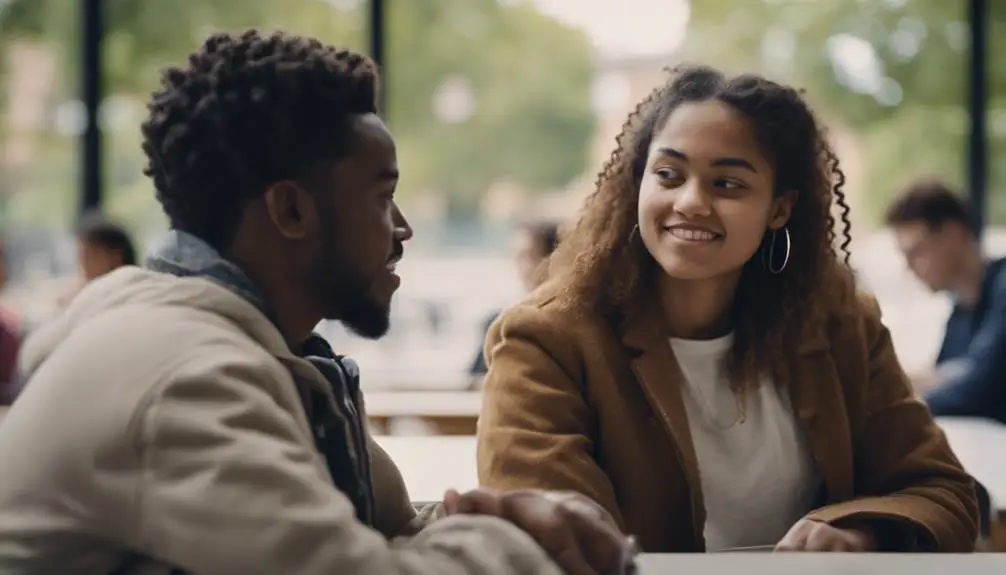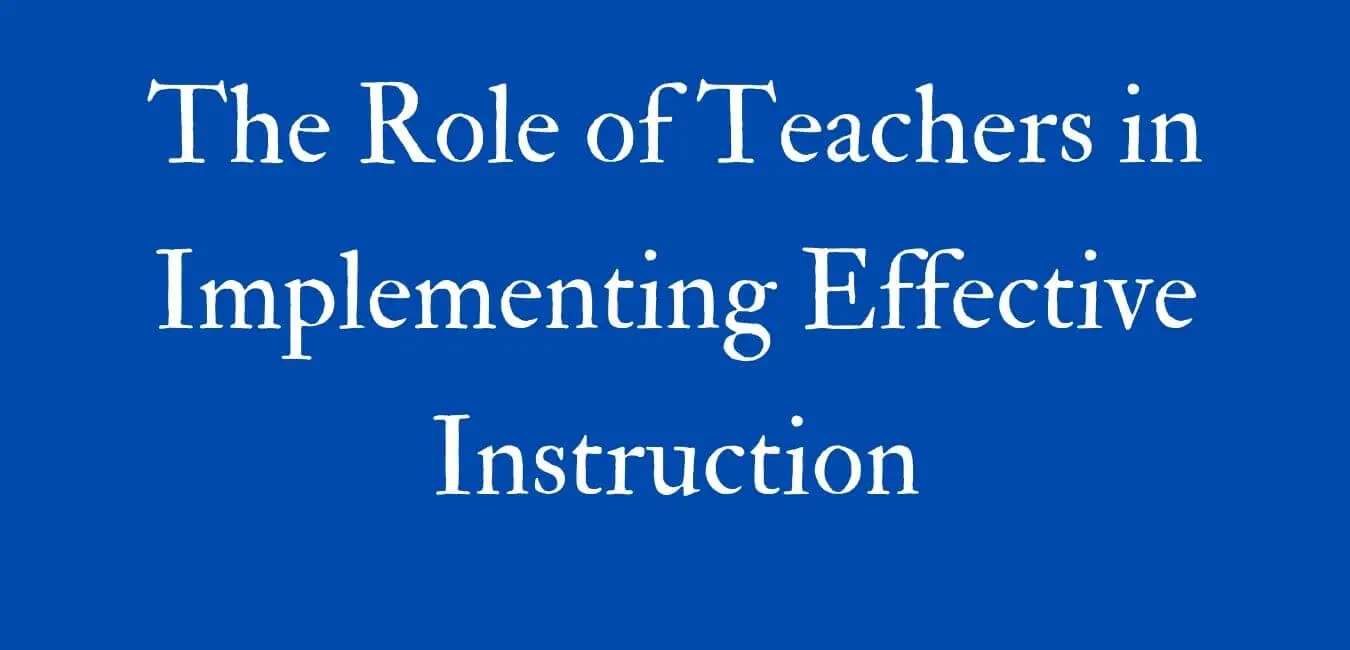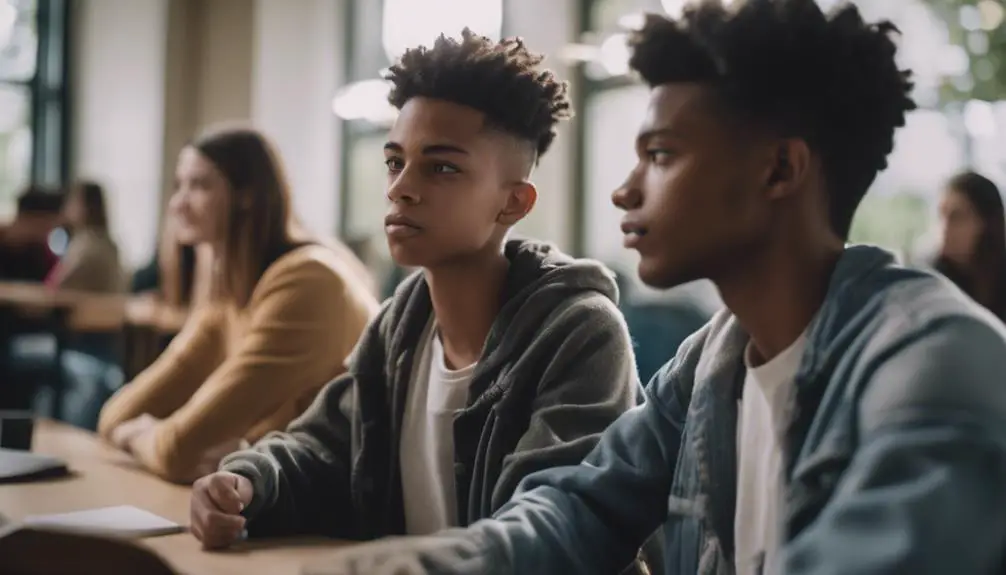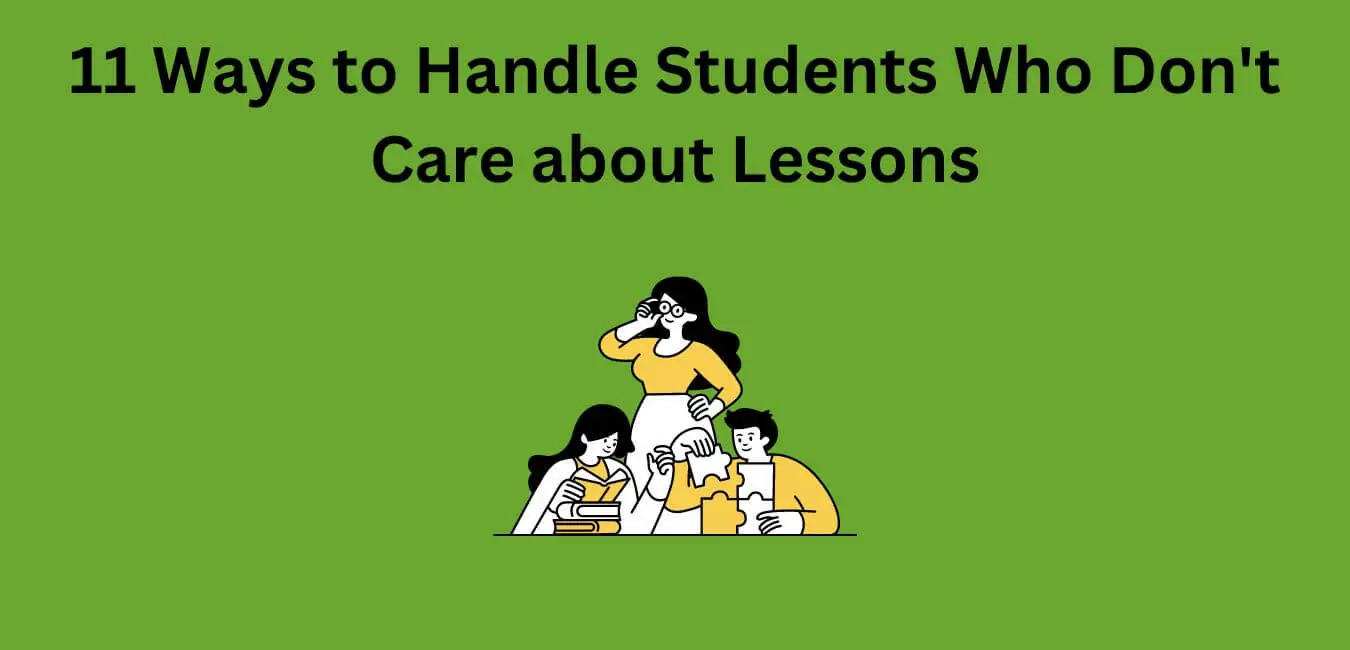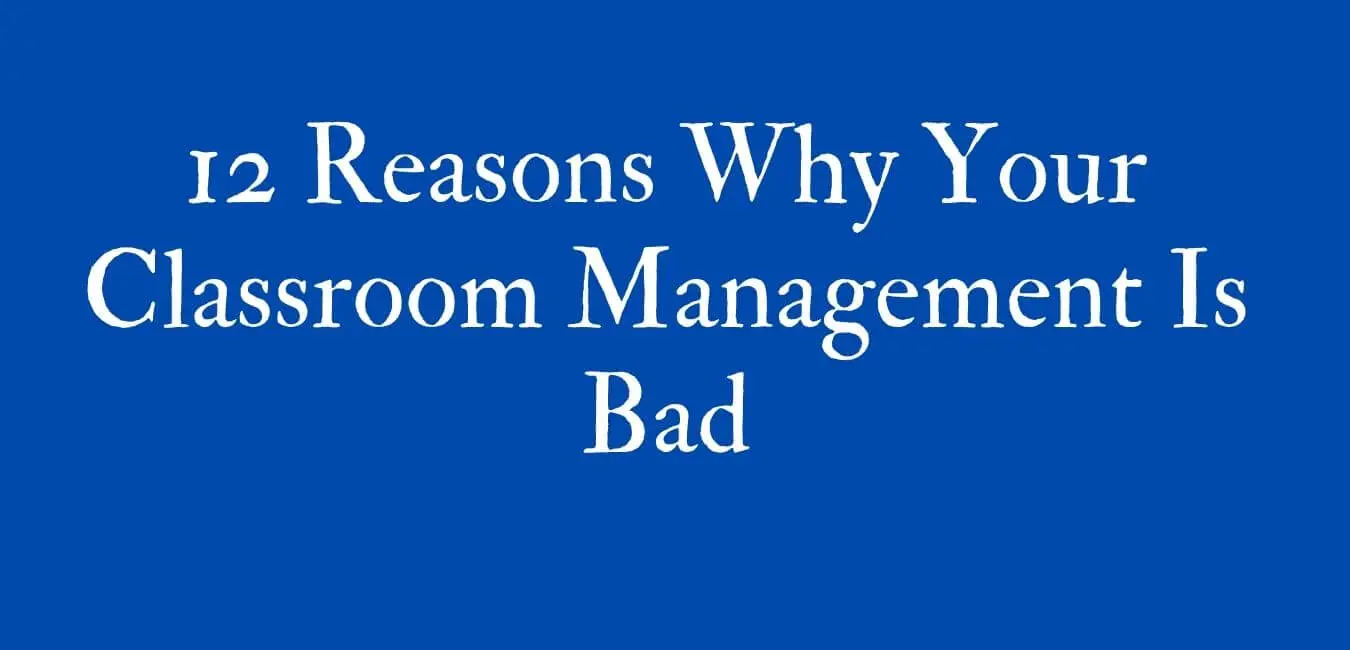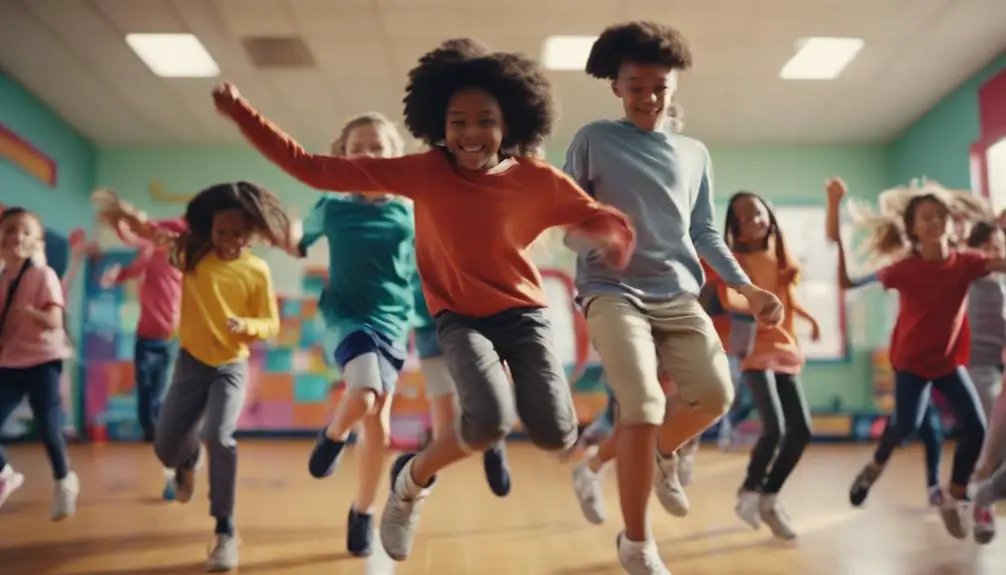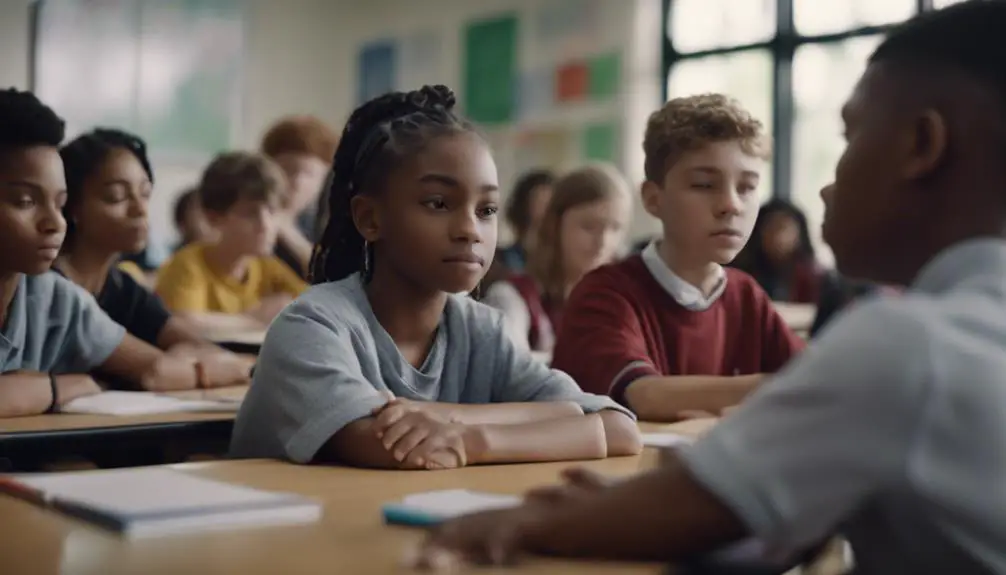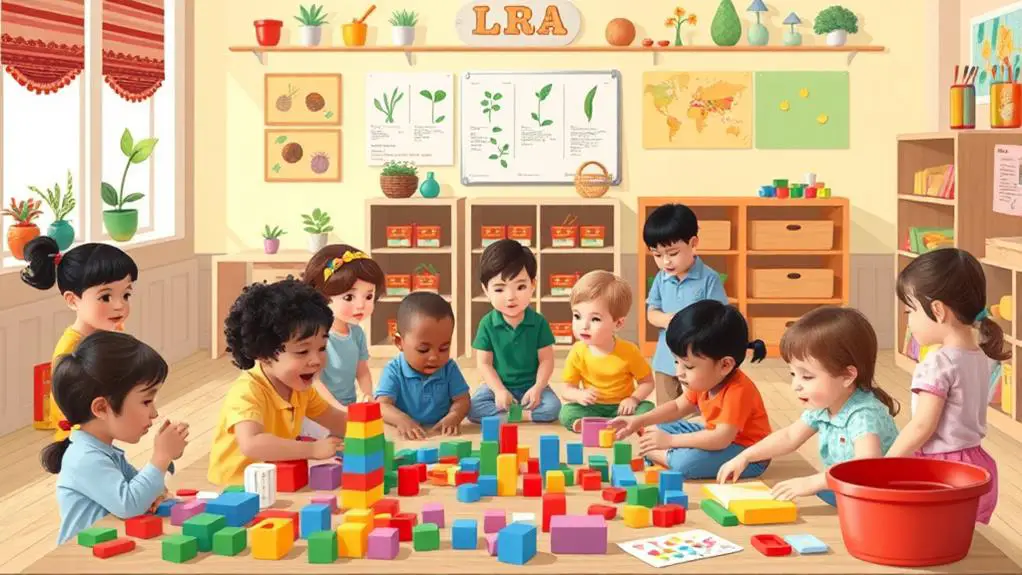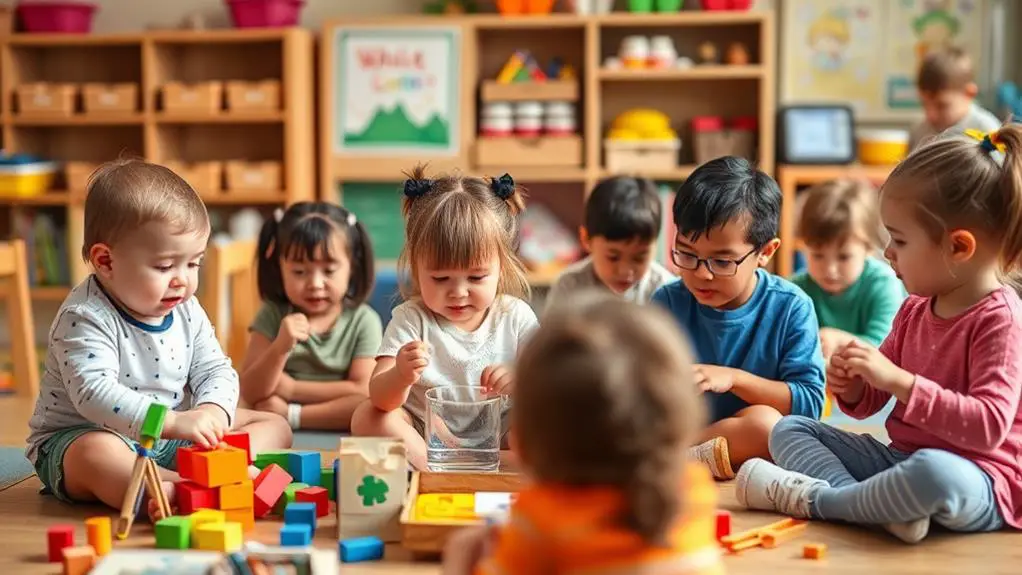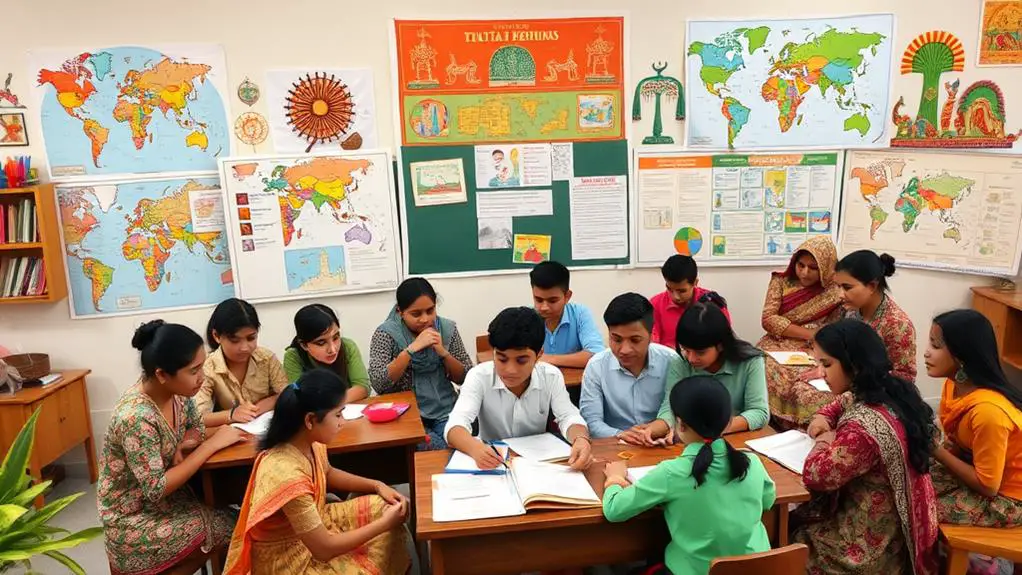Many educators often underestimate the significant impact that nurturing a growth mindset can have on student involvement and success. I have observed how prioritizing effort instead of natural talent can fundamentally change the atmosphere in the classroom. This shift encourages students to embrace challenges rather than avoid them. Such an approach not only alters the perspectives of individual students but also transforms the overall learning environment.
Incorporating specific strategies can further enhance this mindset. For example, celebrating mistakes can help students view errors as valuable learning opportunities rather than failures. This practice encourages them to take risks and explore new concepts without the fear of making mistakes.
Collaborative learning also plays a crucial role; when students work together, they share diverse perspectives and support one another, fostering a sense of community and collective growth.
To implement these strategies effectively, teachers might set up regular reflection sessions where students discuss what they learned from their mistakes. They could also create group projects that require teamwork and problem-solving, allowing students to learn from each other’s strengths and weaknesses.
These practices contribute significantly to developing a resilient mindset that can lead to greater academic achievements and personal growth.
Encouraging Risk-Taking
Encouraging risk-taking in the classroom can significantly enhance students’ learning experiences. When I establish a safe environment, I enable my students to explore their ideas without the fear of making mistakes. This method nurtures their creativity and fosters a sense of ownership over their learning journey.
I’ve observed that when students feel secure, they’re more inclined to engage in creative exploration, whether that involves experimenting with new techniques in art or brainstorming innovative solutions to complex challenges.
One of the most fulfilling aspects of this process is witnessing students take risks that lead to surprising discoveries. For example, when a student presents an unconventional project idea, I remind them that every groundbreaking invention began as an unconventional thought. By appreciating their contributions, I reinforce the notion that taking risks isn’t just permissible but worthy of celebration.
In addition, when I model risk-taking myself, I demonstrate to my students that stepping outside their comfort zones is acceptable. Together, we cultivate a classroom culture where challenges are embraced, and every effort is viewed as a valuable opportunity for growth.
In this supportive atmosphere, students flourish, tapping into their potential through fearless investigation and collaboration. The willingness to take risks not only enhances their learning but also prepares them for future challenges in life.
Emphasizing Effort Over Ability
When I reflect on the importance of valuing effort more than inherent ability, I recognize how crucial it’s to acknowledge progress and determination within the classroom.
Encouraging students to engage in challenging activities allows them to understand that improvement stems from diligence rather than inherent skill. Celebrating their development over time nurtures a mindset that prioritizes hard work and resilience.
For instance, when students tackle difficult math problems or engage in creative writing, their willingness to take risks and learn from mistakes is vital. This approach not only enhances their academic skills but also builds their confidence.
Teachers can implement strategies like providing constructive feedback that highlights improvements or setting goals that focus on personal bests. Such practices reinforce the idea that sustained effort leads to success, ultimately creating a supportive environment where students thrive.
Celebrating Progress and Persistence
Celebrating progress and persistence in the classroom changes the learning atmosphere to one that prioritizes effort rather than just natural talent. When I emphasize the recognition of students’ hard work, I observe a remarkable increase in their motivation. One impactful strategy I have implemented is the use of reflection journals and progress portfolios. These instruments empower students to record their development, monitor their efforts, and contemplate their educational journeys.
The following table outlines activities designed to celebrate progress and persistence, along with their purposes and expected outcomes:
| Activity | Purpose | Outcome |
|---|---|---|
| Reflection Journals | Promote self-assessment | Heightened self-awareness |
| Progress Portfolios | Highlight achievements | Enhanced sense of accomplishment |
| Peer Feedback Sessions | Encourage collaboration | Better communication skills |
| Goal-Setting Workshops | Establish personal benchmarks | Targeted growth strategies |
| Celebratory Events | Acknowledge milestones | Strengthened sense of community |
Using reflection journals, students can articulate their thoughts about their learning experiences, which cultivates a deeper understanding of their progress. Progress portfolios serve as a tangible collection of their work, showcasing not only finished projects but also the effort that went into them. Peer feedback sessions create a space for students to engage with each other’s work, fostering a supportive environment where they can learn from one another. Goal-setting workshops guide students in identifying their personal academic targets, enabling them to focus on specific strategies that will aid their growth. Lastly, celebratory events provide an opportunity to recognize and honor significant achievements, reinforcing a sense of belonging within the classroom community.
These approaches not only enhance individual learning experiences but also contribute to a collective culture of persistence and progress, making the classroom a dynamic space for growth.
Encouraging Risk-Taking Activities
Fostering a spirit of adventure in the classroom can significantly change students’ attitudes toward learning. It encourages them to take risks and explore new ideas without the anxiety of making mistakes. When I create engaging challenges, I prioritize an environment that values effort over inherent talent. My goal is for students to feel empowered to tackle innovative projects that may initially seem daunting.
I frequently present activities that prompt students to venture beyond their comfort zones. For instance, I might assign a collaborative project where they brainstorm creative solutions to real-world issues. I stress the importance of trying, even if they stumble along the way. This method not only builds resilience but also promotes creativity and teamwork.
I communicate that errors are essential learning moments and facilitate open discussions about what went awry and how to improve. By emphasizing effort and supporting risk-taking, I observe my students becoming more confident and eager to face new challenges.
My commitment is to cultivate a classroom environment where every student feels secure in their ability to innovate and learn from each experience, ultimately fostering a genuine passion for learning.
Recognizing Improvement Over Time
Recognizing improvement over time is vital in nurturing a growth mindset among my students. It’s important for them to see the progress they’re making rather than solely concentrating on their current skills. One effective method I utilize involves self-assessment strategies. I encourage my students to analyze their own work and reflect on their learning experiences. This approach not only fosters a sense of ownership regarding their education but also enables them to pinpoint specific areas where they’ve grown.
Integrating reflective journaling into our routine has proven to be highly impactful. I prompt my students to routinely document their challenges and successes, focusing on their efforts instead of just the results. When they review their journal entries, they can clearly observe their development over time. This practice builds resilience and reinforces the understanding that improvement is a continuous journey rather than a fixed endpoint.
When students acknowledge their progress, it enhances their motivation and self-confidence. They begin to realize that consistent effort leads to growth, imparting a significant lesson they can carry forward.
Providing Constructive Feedback
When I consider the process of giving constructive feedback, my main focus is on employing positive reinforcement techniques to showcase the strengths of students.
Fostering an environment of peer collaboration is important as it allows individuals to learn from one another, creating a sense of support and community.
I firmly believe that placing more value on effort rather than just outcomes is essential for students to cultivate a genuine growth mindset.
This approach encourages them to embrace challenges and view setbacks as opportunities for learning and improvement.
Positive Reinforcement Techniques
Positive reinforcement techniques are crucial for fostering a growth mindset in the classroom. When I implement effective praise strategies, I observe a significant increase in student engagement and self-esteem. Creating a supportive classroom environment allows me to build positive relationships that enhance emotional intelligence among my students.
Here are several motivational strategies that have proven effective in my experience:
- Targeted praise: I highlight specific efforts rather than just celebrating the final outcomes, tailoring my praise to align with individual learning styles.
- Consistent feedback: I weave constructive feedback into our daily classroom activities, helping students grasp their own progress and areas for improvement.
- Encouraging reflection: I prompt students to think critically about their work, fostering self-assessment and personal development.
These strategies contribute to effective behavior management while empowering students to take charge of their learning journeys. By cultivating a growth mindset, I guide them to embrace challenges and see mistakes as valuable learning opportunities.
Ultimately, my goal is to create an environment where each student feels appreciated and inspired to learn, enabling their unique potential to flourish.
Encouraging Peer Collaboration
In creating a collaborative classroom environment, encouraging peer collaboration is crucial for delivering constructive feedback. Group projects provide students with the opportunity to practice teamwork skills while addressing complex tasks collectively. I facilitate brainstorming sessions where every student has a chance to contribute, promoting an atmosphere of trust and open communication.
Through cooperative learning, students share responsibilities, which enhances their understanding of group dynamics. I often implement peer mentoring, allowing students to exchange insights and support one another. This approach not only reinforces their knowledge but also fosters joint reflections on their learning experiences.
When students work together to solve problems, they acquire essential skills that are applicable beyond the classroom. I stress the significance of giving and receiving feedback, steering them toward constructive criticism that fosters growth.
Emphasizing Effort Over Results
Focusing on effort rather than results is crucial for nurturing a growth mindset in students. When we prioritize the learning process over the final outcome, we promote intrinsic motivation and resilience. Providing constructive feedback allows students to recognize that their dedication and perseverance are what truly count.
Here are several strategies to emphasize effort in the classroom:
- Encourage self-reflection: Prompt students to assess their own progress and the techniques they employed to tackle obstacles.
- Celebrate small victories: Recognize instances when students demonstrate perseverance, regardless of the final outcome. For example, if a student struggles with a math problem but shows determination in trying different approaches, celebrate that effort.
- Set realistic goals: Assist students in creating attainable milestones that foster adaptive learning and a willingness to accept challenges. For instance, instead of aiming for an A on a project, students could focus on improving their research skills or enhancing their presentation abilities.
These practices can significantly shift students’ mindsets, empowering them to view setbacks as valuable learning experiences instead of failures.
As they concentrate on their efforts, they develop more effective learning strategies and enhance their resilience. This perspective fosters a genuine love for learning that goes beyond grades and equips them to tackle future challenges with confidence.
Together, we can cultivate an environment that values effort and encourages lifelong learning.
Celebrating Mistakes as Learning
Mistakes are frequently perceived as obstacles, but they’re actually opportunities for deeper understanding. In my classroom, I prioritize celebrating mistakes as significant learning experiences. When a student encounters a mistake, I encourage them to analyze what went wrong and why. This process fosters a sense of ownership over their learning and helps them grasp the underlying concepts more effectively.
I often conduct sessions for reflecting on errors, where students can discuss their missteps openly and without fear of being judged. This practice not only normalizes the act of making mistakes but also creates a supportive environment where everyone feels encouraged to take risks. I remind my students that every error presents a chance to develop, helping them shift their mindset from viewing failure as an endpoint to recognizing it as a crucial component of the learning process.
For instance, if a student miscalculates a math problem, I guide them to revisit their thought process. They can break down each step, identify where the error occurred, and understand the correct approach. This not only aids their current understanding but also equips them with strategies for future challenges.
Celebrating these moments reinforces the idea that learning is a journey filled with exploration and discovery.
Setting Personal Goals
Establishing personal goals plays a crucial role in nurturing a growth mindset within my classroom. When I guide students to create their own goals, it fosters a sense of ownership and accountability for their learning journey.
To facilitate this process, I incorporate self-reflection journals into our daily routine, enabling students to assess their progress and modify their goals as needed.
During our goal-setting workshops, we emphasize several key components:
- Recognizing strengths and areas for growth: Students learn to identify their skills and the aspects where they can improve, which is vital for personal development.
- Developing actionable steps: We break down larger objectives into smaller, more manageable tasks, making the process feel less daunting and more achievable.
- Acknowledging progress: Celebrating each milestone reached serves as an important reminder that personal growth is an ongoing journey, reinforcing their motivation to continue striving for improvement.
This structured approach ensures that students not only set meaningful goals but also remain engaged and committed to achieving them.
Promoting Collaborative Learning
Creating an atmosphere of collaborative learning transforms the classroom into a lively community where students thrive alongside one another. I’ve observed that this method not only enhances their academic journeys but also cultivates essential life skills.
Incorporating team-building activities allows students to collaborate on projects, fostering an environment where they can exchange ideas and face challenges together. These activities are instrumental in helping students enhance their communication abilities, which are crucial for both their personal lives and future careers.
I frequently observe students becoming more confident in expressing their thoughts while also developing active listening skills. It’s heartening to witness them supporting one another, celebrating achievements, and learning from setbacks collectively.
Moreover, this collaborative environment encourages a growth mindset. Students begin to understand that their capabilities can evolve through dedication and teamwork. When confronted with difficulties, they view these moments as opportunities for growth rather than as failures.
Conclusion
In the realm of education, fostering a growth mindset is essential for unlocking students’ potential. When we encourage hard work, acknowledge mistakes, and support our classmates, we create an environment filled with curiosity and resilience. Imagine a classroom where enthusiasm thrives, and where each challenge becomes an opportunity for growth.
Creating a space where every student believes in their ability to overcome obstacles is vital. For instance, implementing regular reflection sessions can help students identify what they learned from their mistakes. Teachers can also introduce goal-setting activities, allowing students to chart their progress and celebrate their achievements.
Using resources like growth mindset books or interactive activities can further enhance this environment. Incorporating discussions about famous figures who exemplified resilience, such as Thomas Edison or J.K. Rowling, can motivate students to embrace challenges. When students understand that effort leads to improvement, they are more likely to engage fully in their learning journey.
Ultimately, nurturing a growth mindset in the classroom not only helps students achieve academic success but also prepares them for life’s challenges. By fostering a culture of perseverance and continuous learning, educators can empower students to reach their fullest potential.
